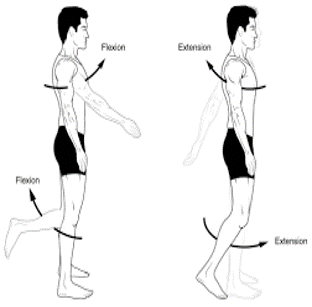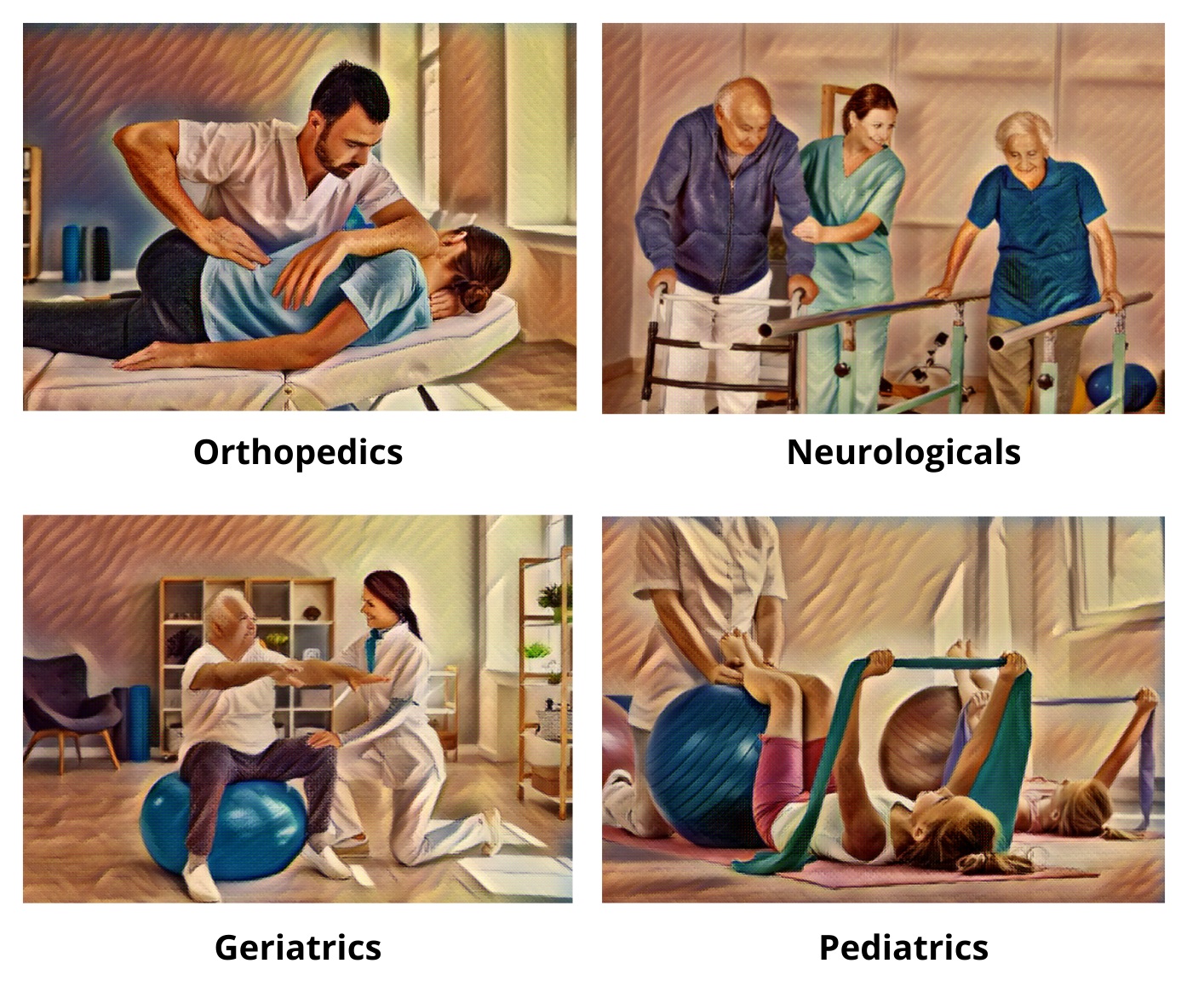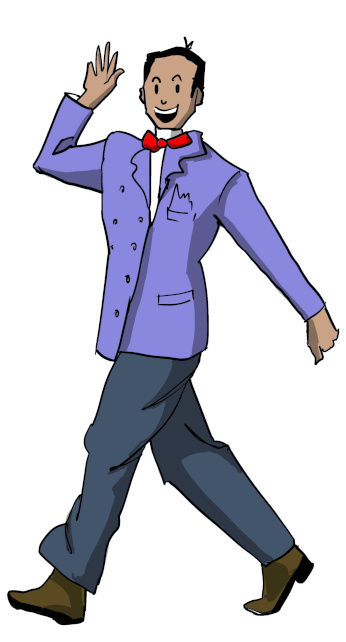Chapter One - Human Movement
Physiotherapists study the science of movement. They learn how to pinpoint an injury’s root causes.
Physiotherapy is treatment to restore, maintain, and make the most of a patient’s mobility, function, and well-being.
Physiotherapy helps through physical rehabilitation, injury prevention, and health and fitness.
Physiotherapists focus on both prevention and rehabilitation. Treatment can be for problems caused by injury, disease or disability. Here are some examples:
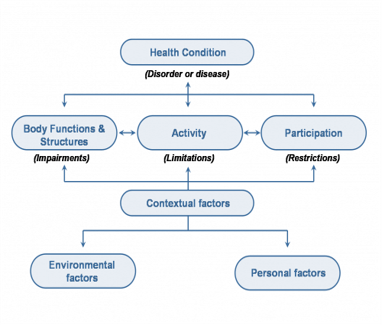
The International Classification of Functioning, Disability and Health, known more commonly as ICF, is a classification of health and health-related domains. As the functioning and disability of an individual occurs in a context, ICF also includes a list of environmental factors.
ICF is the WHO framework for measuring health and disability at both individual and population levels.
The ICF provides a common language for disability.
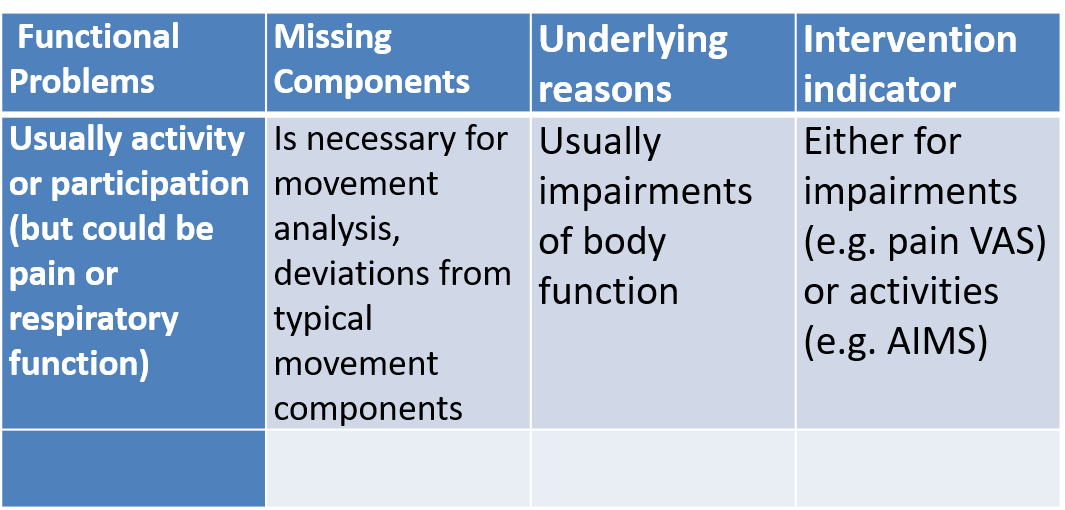
Problem List
Once the analysis has been done, the most important FUNCTIONAL problems should be identified and documented.
Prioritise the most important problems and analyse completely, using the following table.
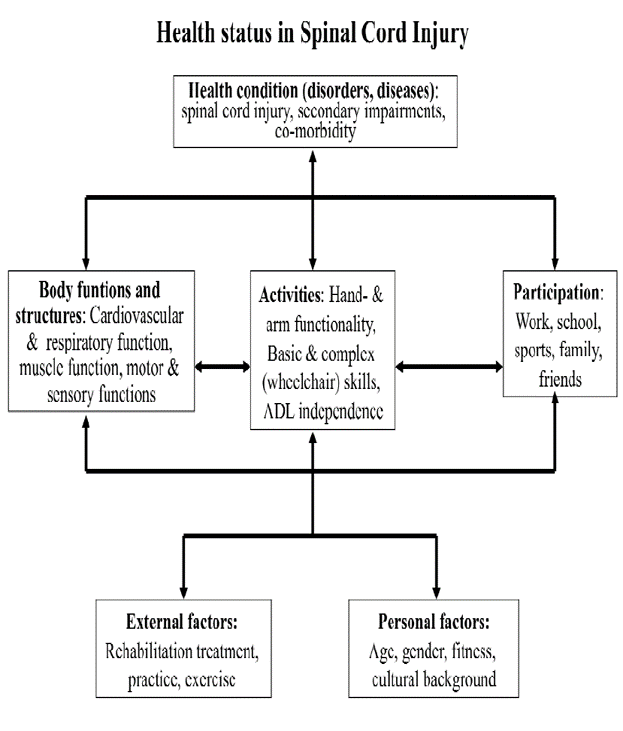
The Competence Framework principally reflects the roles undertaken by physiotherapists interacting with clients. Physiotherapists may also work entirely in non-client contact roles, such as management/ administration, policy and planning, teaching and research.
The CanMEDS seven roles are Medical Expert, Communicator, Collaborator, Leader, Health Advocate, Scholar and Professional. The Medical Expert role has been changed to Physiotherapy Practitioner in the Physiotherapy Competence Framework.
Morbidity: Refers to having a disease or a symptom of disease, or to the amount of disease within a population. Morbidity also refers to medical problems caused by a treatment.
Mortality: Mortality rate, or death rate, is a measure of the number of deaths in a particular population, scaled to the size of that population, per unit of time.
Musculoskeletal: Musculoskeletal Medicine (MSK medicine) is the diagnosis and treatment of problems arising from the musculoskeletal system. This includes injuries and diseases affecting the muscles, bones and joints of the limbs and spine.
Therapy: Defined as the prescription of and assistance with specific physical, cognitive, social, and spiritual activities to increase the range, frequency, or duration of an individual's (or group's) activity.
Body Structures

Defined as a position used as a reference when describing parts of the body in relation to each other.
Position with the body erect with the arms at the sides and the palms and feet forward.
Anatomical terms such as anterior and posterior, medial and lateral, abduction and adduction, and so on apply to the body when it is in the anatomical position

Anterior: the front surface/direction of the body
Posterior: the back surface/direction of the body

Superior: meaning 'above' is used to refer to what is above something
Inferior: (from Latin, meaning 'below') to what is below it.
For example, in the anatomical position the most superior part of the human body is the head, and the most inferior is the feet.

Lateral is the side of the body or part of the body that is away/furthest from the middle.
Medial side of a part of the body is the inside part or side nearest to the centre of the body.

Proximal: Closer to the trunk or closer to the point of origin. The shoulder is proximal to the elbow.
Distal: Farther from the trunk or from the point of origin. The elbow is distal to the shoulder.

Superficial: Closer to the surface. For instance, the skin is superficial to the muscles.
Intermediate: In between. The abdominal muscles are intermediate between the skin and the small intestines.
Deep: Farther from the surface. The abdominal muscles are deep to the skin.

Unilateral: On only one side of the body, like the stomach and liver.
Bilateral: On both the left and right sides of the body, such as the eyes, the kidneys, and the arms and legs

Ipsilateral: On the same side of the body. For example, the right ear and the right eye are ipsilateral.
Contralateral: On opposite sides of the body. The right ear is contralateral to the left ear.
Ipsilateral and contralateral always must be relative to something

It's an imaginary line that divides the body into two equal halves.
The spine is in the body's midline. It runs from the base of the skull through all 24 vertebrae to the sacrum, ending at the coccyx. It connects the top, middle, and bottom of the body and is the body's structural and functional center.

Axial(central) Region makes up the main axis of the human body and includes the head, neck, chest, and trunk.
Appendicular(attachments) Region makes up the parts of the human body that connect to the axial region. This includes the limbs and appendages.

Skull – (cranium)including the jawbone.
Chest – ribs and breastbone (sternum)
Pelvis – hip bones, femur

Arms – shoulder blade (scapula), collar bone (clavicle), humerus, radius and ulna.
Hands – wrist bones (carpals), metacarpals and phalanges.
Legs: femur, Patella, Tibia, Radius
Feet- ankle bones(talus), metatarsals

Condyle: A rounded protuberance at the end of some bones, forming an articulation with another bone.

Epicondyle: An epicondyle is a rounded eminence on a bone that lies upon a condyle.

Head: The head of a bone usually refers to the proximal end of the bone. The shaft refers to the elongated sections of long bone, and the neck the segment between the head and shaft (or body). The end of the long bone opposite to the head is known as the base.

Malleolus: Is the bony prominence on each side of the human ankle. Each leg is supported by two bones, the tibia on the inner side (medial) of the leg and the fibula on the outer side (lateral) of the leg. The medial malleolus is the prominence on the inner side of the ankle, formed by the lower end of the tibia.

Process: Derived from Latin is a projection or outgrowth of tissue from a larger body.

Tubercle: A tubercle is a small, rounded point of a bone. It also refers to a nodule attached to bone, mucous membrane (moist layer lining parts of the body), or skin.

Tuberosity: A moderate prominence where muscles and connective tissues attach. Its function is similar to that of a trochanter. Examples include the tibial tuberosity, deltoid tuberosity, and ischial tuberosity.

Trochanter: A trochanter is a tubercle of the femur near its joint with the hip bone. In humans and most mammals, the trochanters Serve as important muscle attachment sites.

Notch: A depression in a bone which often, but not always, provides stabilization to an adjacent articulating bone. The articulating bone will slide into and out of the notch, guiding the range of motion of the joint.




Synovial Joints (consists of a capsule, cavity, synovial fluid)

Uniaxial joints (one degree of motion): flexion and extension.

Biaxial joints (two degree of motion) radiocarpal joint: wrist flexion and extension as well as ulnar and radial deviation.

Multiaxial joints: three degrees of motion: shoulder joint: flexion/extension, abduction/adduction, internal rotation/external rotation


Atrophy decrease in size of a body part, cell, organ, or other tissue. The term implies that the atrophied part was of a size normal for the individual, considering age and circumstance, prior to the diminution.
Hypertrophy is an increase and growth of muscle cells. Hypertrophy refers to an increase in muscular size achieved through exercise. When you work out, if you want to tone or improve muscle definition, lifting weights is the most common way to increase hypertrophy.

Edema is swelling caused by excess fluid trapped in your body's tissues. Although edema can affect any part of your body, you may notice it more in your hands, arms, feet, ankles and legs.
Activity is a series of movements to accomplish a task/function
Normal Tone: Defined as slight constant tension of healthy muscles (Kandel, Schwartz& Jessel 1991).
Range of motion: is the measurement of movement around a joint.
Passive range: of motion requires full assistance for an individual to move their joint.
Active-assistive requires partial assistance, and active range of motion is when the client is able to move their joint independently.
Hypertonia: Muscle overactivity that occurs when communication between the brain and nerves is affected by injury or illness. The neural component is called spasticity and is the inability to turn off the electromyographic at rest (no inhibitory stimuli)Which results in hyper-reflexia, cant modulate force. Results in altered muscle length(shortening) due non-neural components and joint alignment.
A plane is an imaginary flat surface running through the body. An axis is an imaginary line at right angles to the plane, about which the body rotates or spins.
An axis is a straight line around which an object rotates. Movement at a joint takes place in a plane about an axis. There are three axes of rotation. ... The frontal axis passes horizontally from left to right and is formed by the intersection of the frontal and transverse planes.
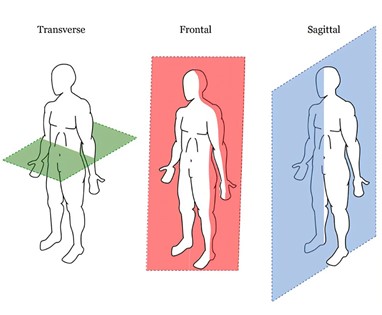
Sagittal plane - a vertical plane that divides the body into left and right sides. Flexion and extension types of movement occur in this plane, eg kicking a football, chest pass in netball, walking, jumping, squatting. Frontal plane - passes from side to side and divides the body into the front and back.
Transverse(horizontal) plane: divides into body into top&bottom half, superior and inferior halves, movement in this plane are rotations, dissociations.
Frontal plane: divides body into anterior and posterior halves, movements in this plane are abduction/adduction.
Sagittal plane: divides human body into left and right halves, movements in this plane are flexion/extension.
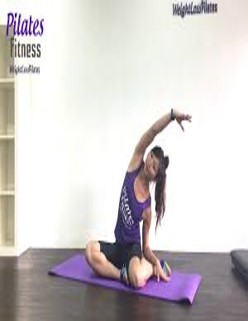
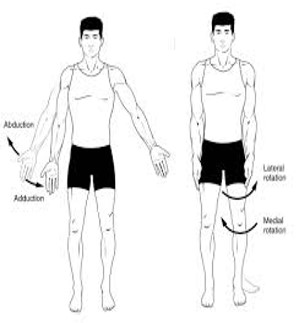
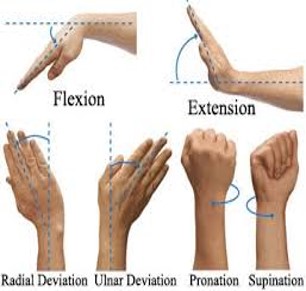
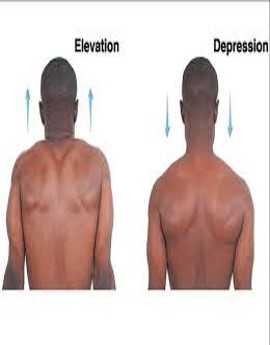
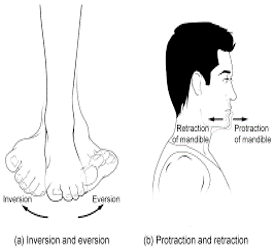
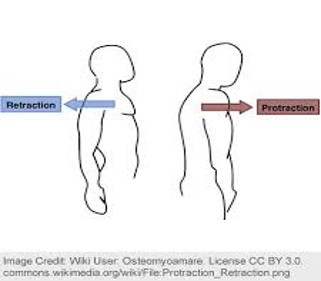
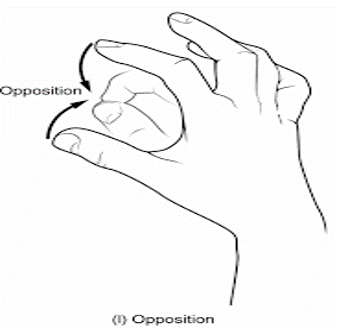
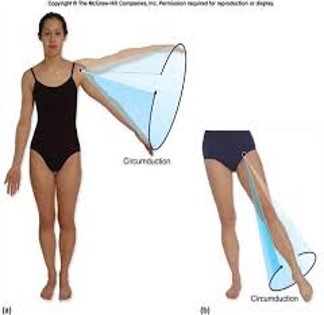
Protective reactions are required to prevent injury if the equilibrium reactions are unable to restore balance. Protective reactions emerge first to the front, then the side and then backwards.
Equilibrium reactions are patterns which maintain balance of the whole body in the dynamic relationship between the shifting of one's centre of gravity through space and one's base of support.
Balance: an even distribution of weight enabling someone or something to remain upright and steady, In biomechanics, balance is an ability to maintain the line of gravity of a body within the base of support with minimal postural sway. Sway is the horizontal movement of the centre of gravity even when a person is standing still.
Static balance is the ability to maintain postural stability and orientation with centre of mass over the base of support and body at rest... Dynamic balance is the ability to maintain postural stability and orientation with centre of mass over the base of support while the body parts are in motion.
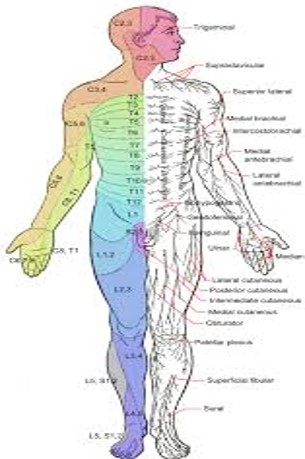
Embryology: The branch of biology and medicine concerned with the study of embryos and their development.
The lateral wall of each somite in a vertebrate embryo, giving rise to the connective tissue of the skin.
Dermatome: An area of the skin supplied by nerves from a single spinal root.
Mytome: Muscles that originate from single spinal root.
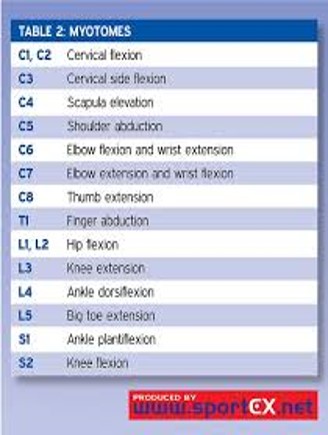
Myotome is the group of muscles that a single spinal nerve innervates. Similarly...
Dermatome is an area of skin that a single nerve innervates. In vertebrate embryonic development, a myotome is the part of a somite that develops into the muscles.
